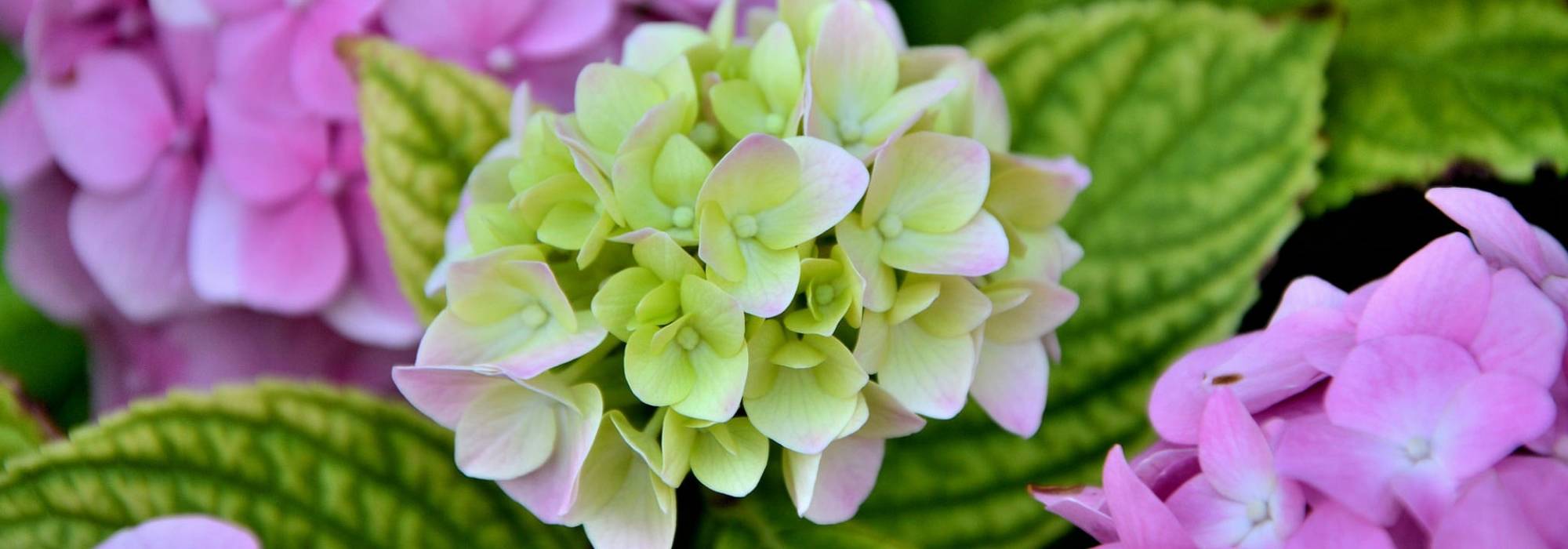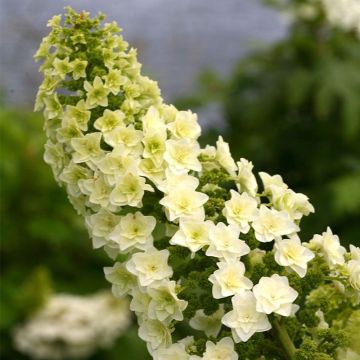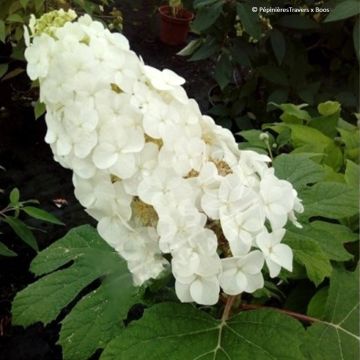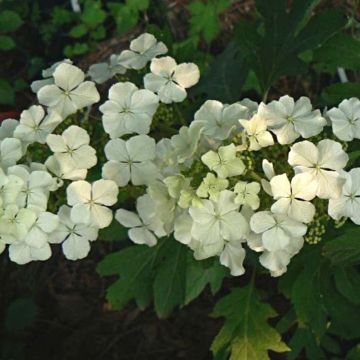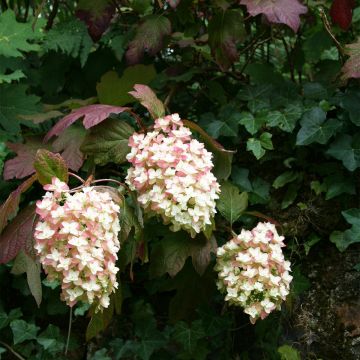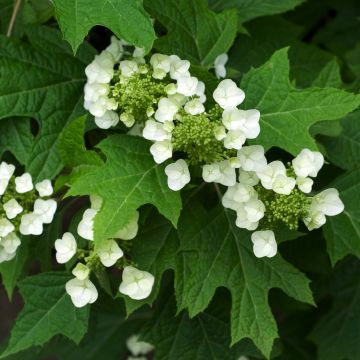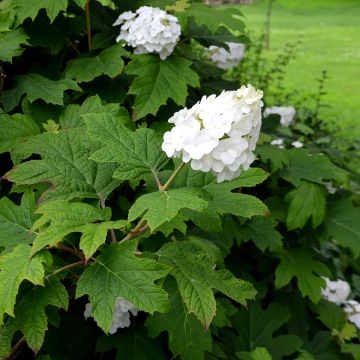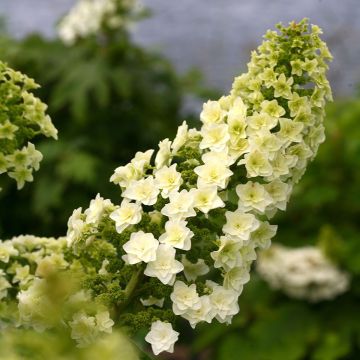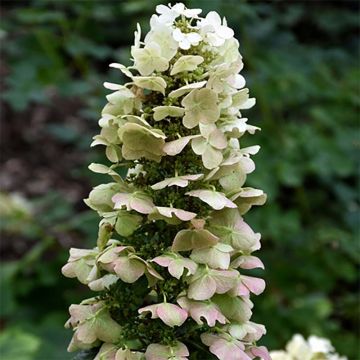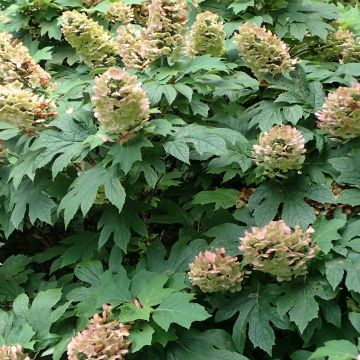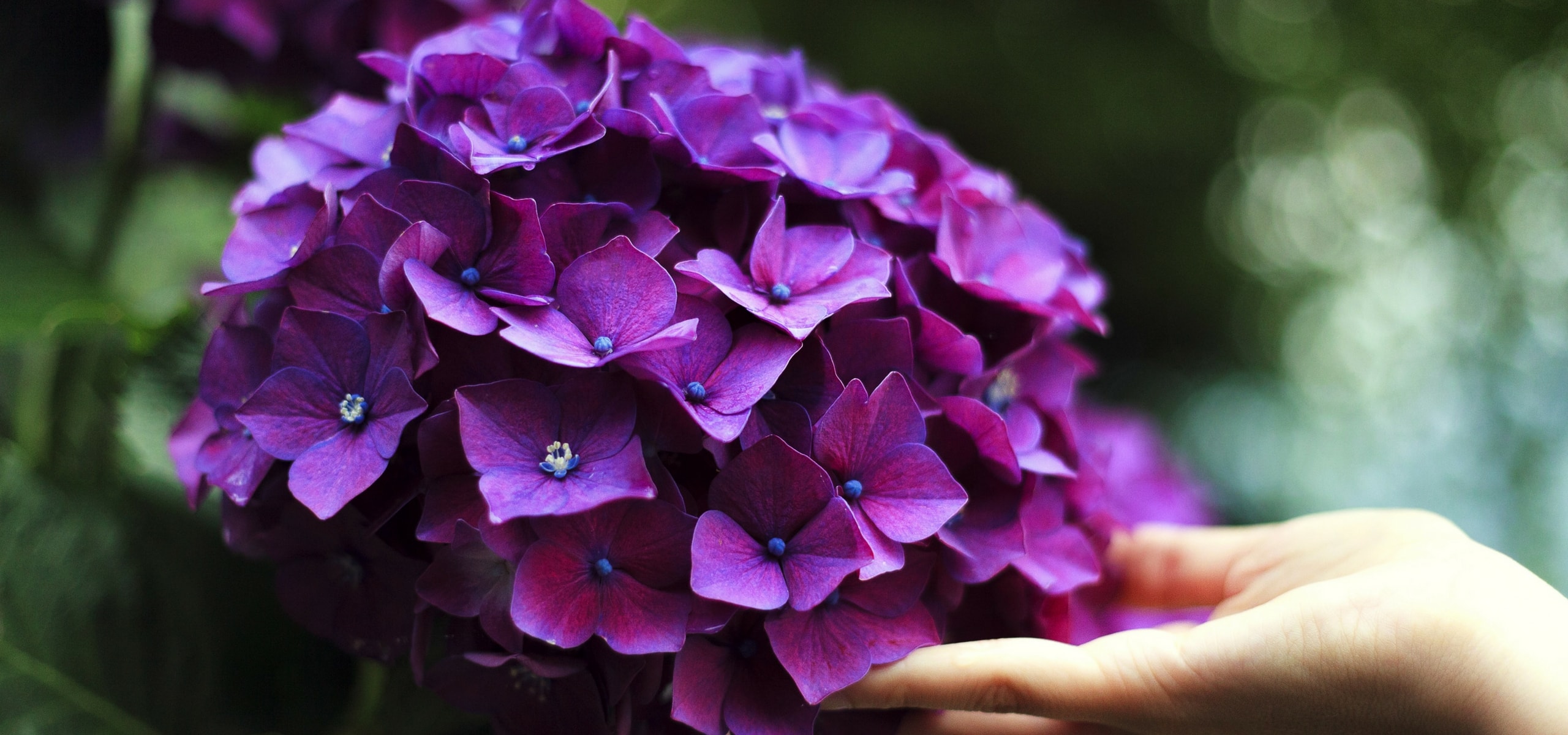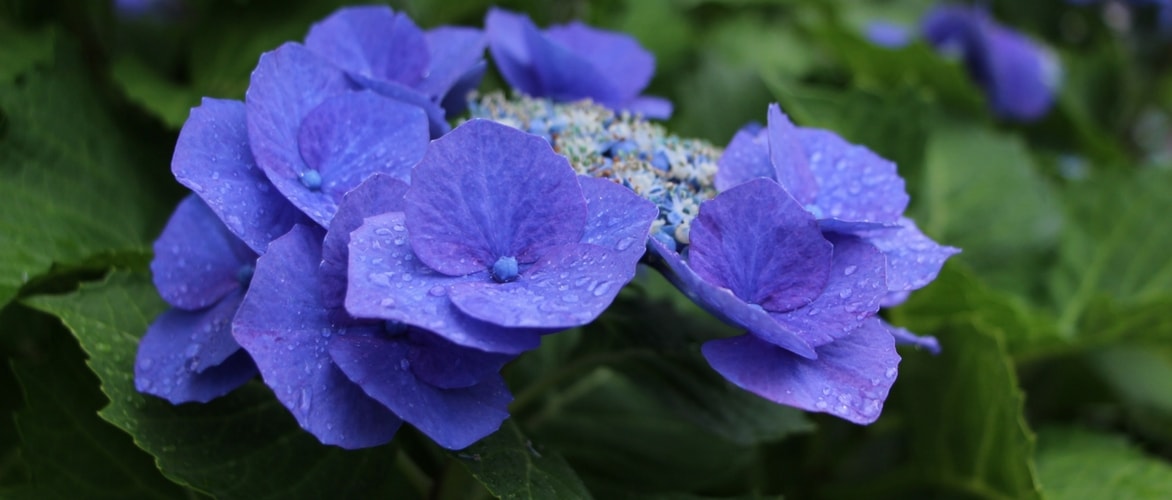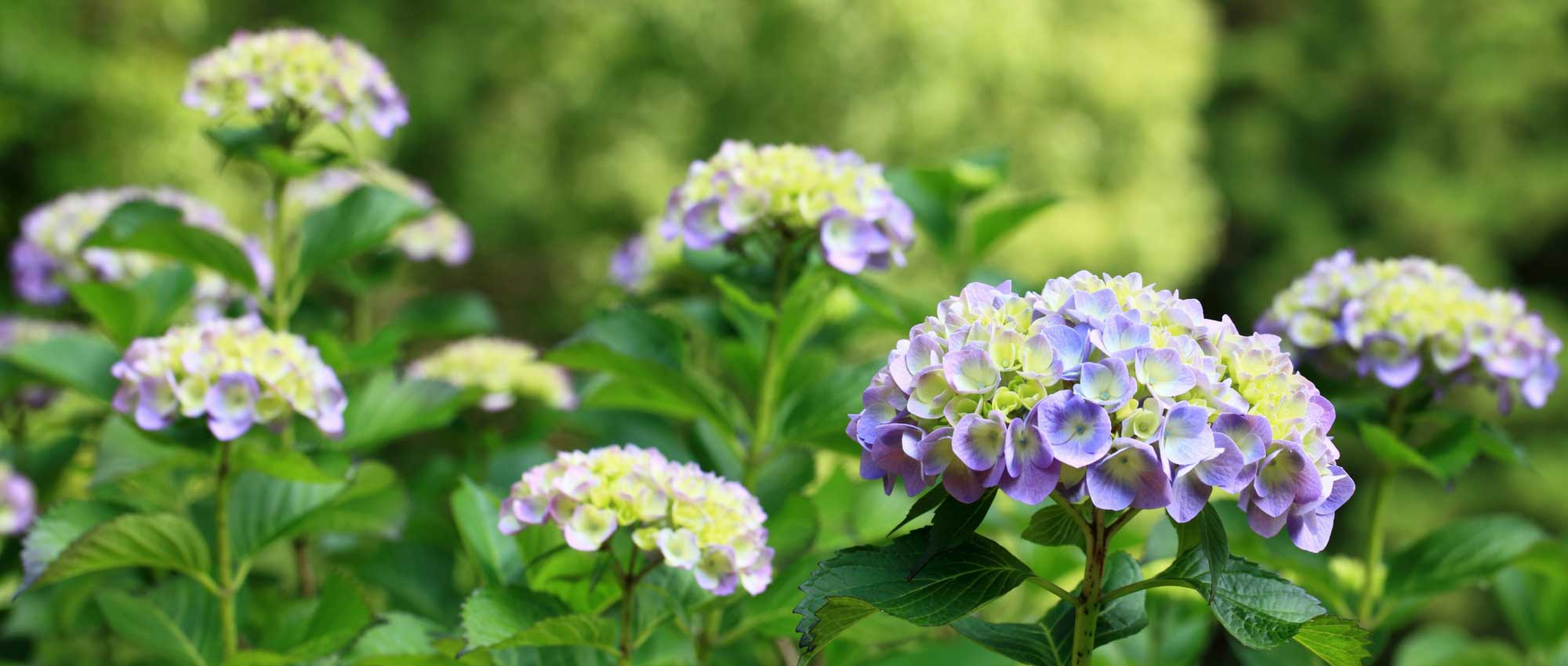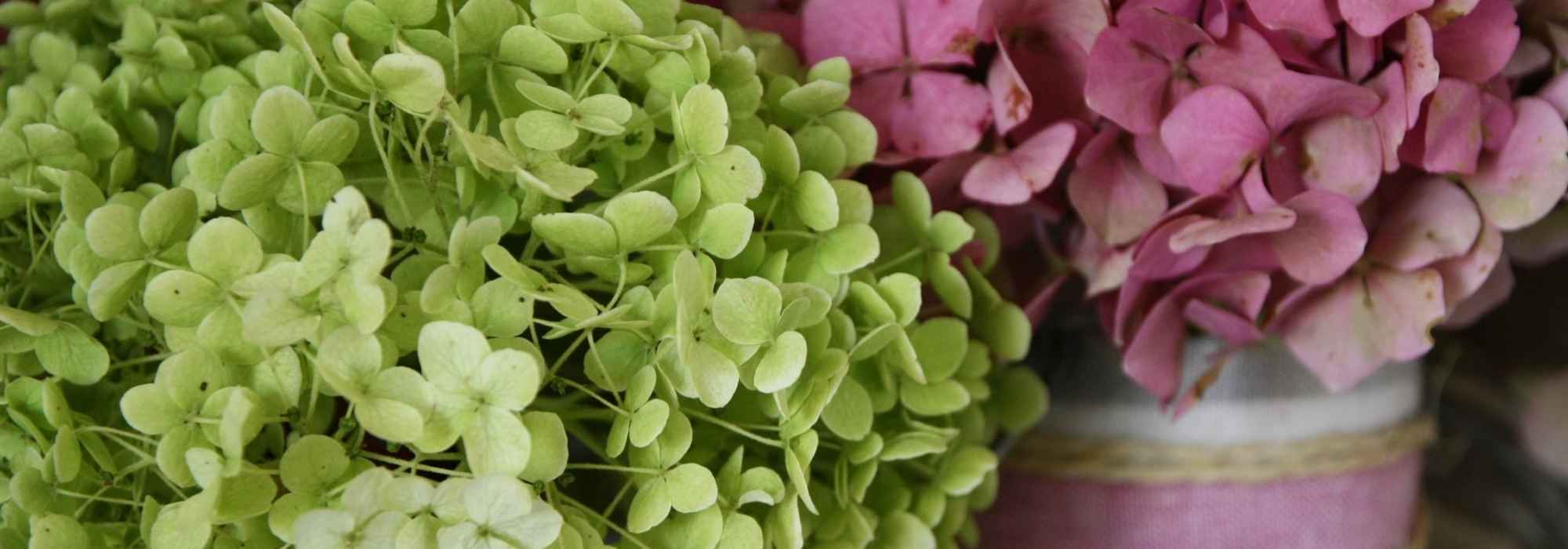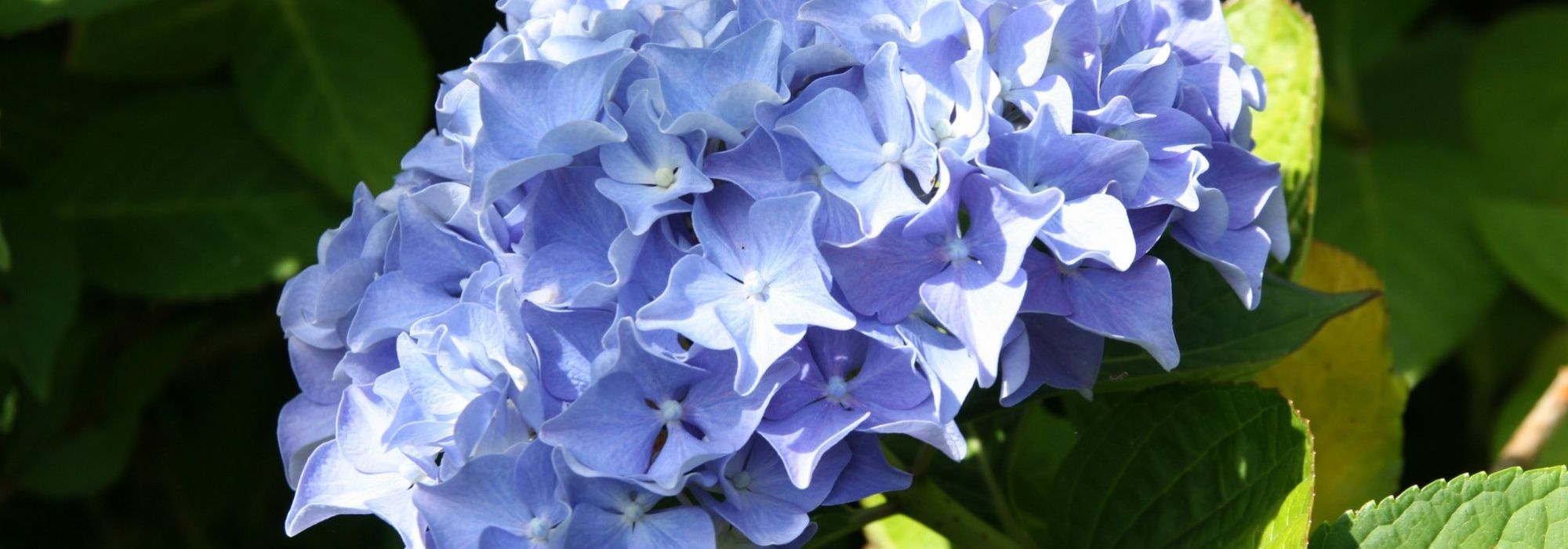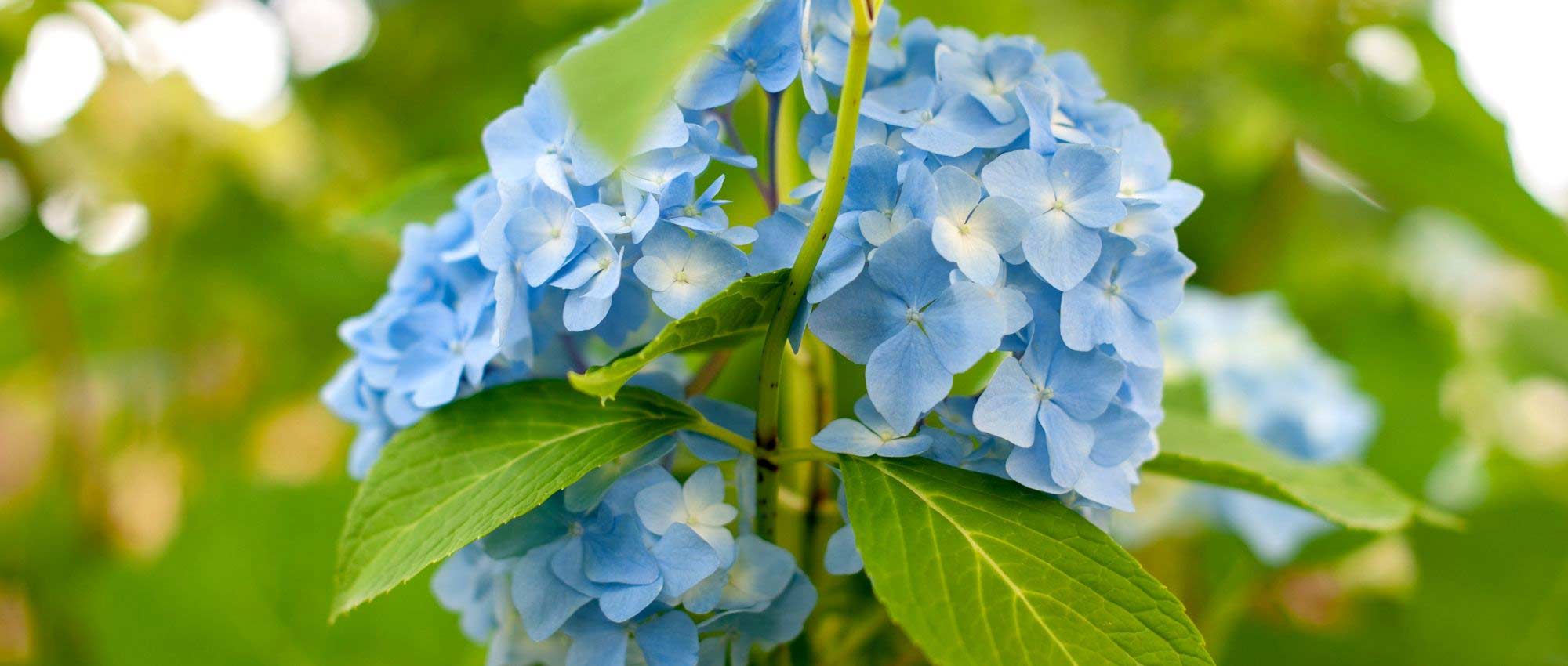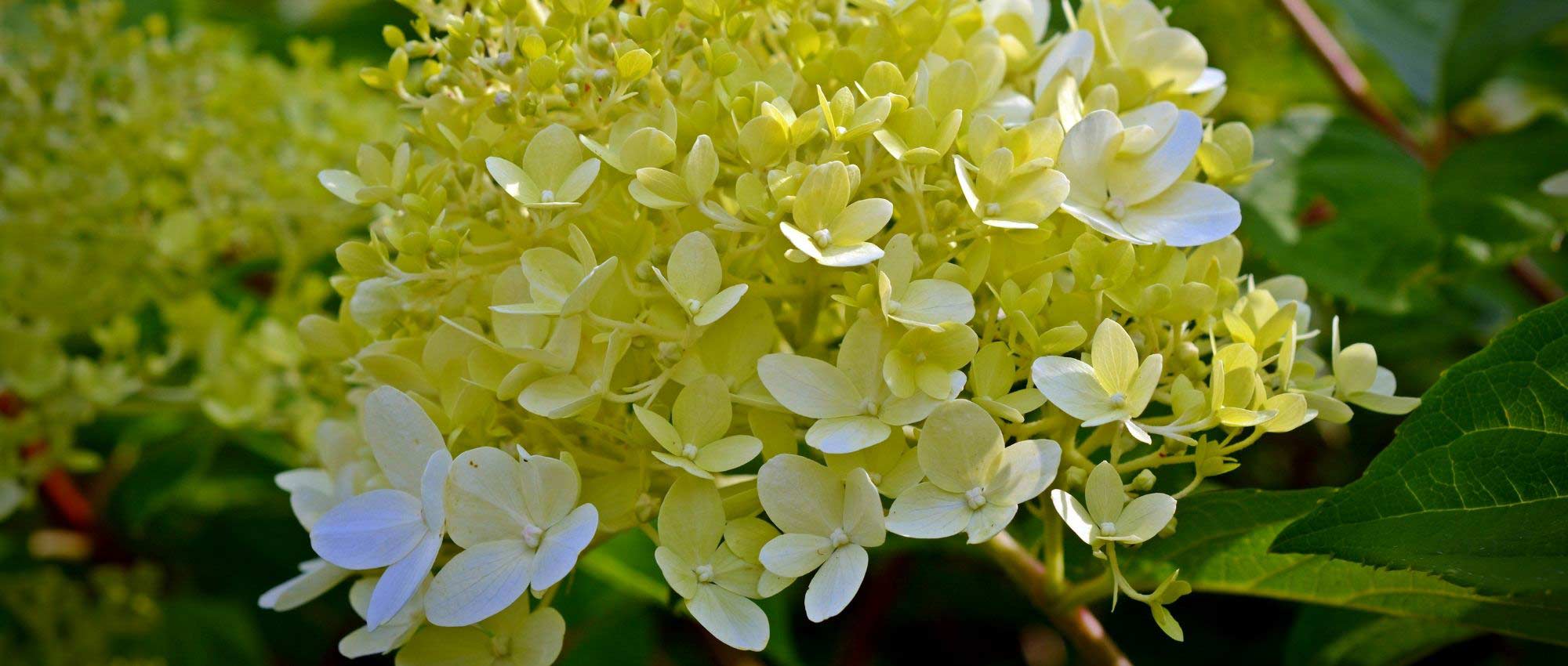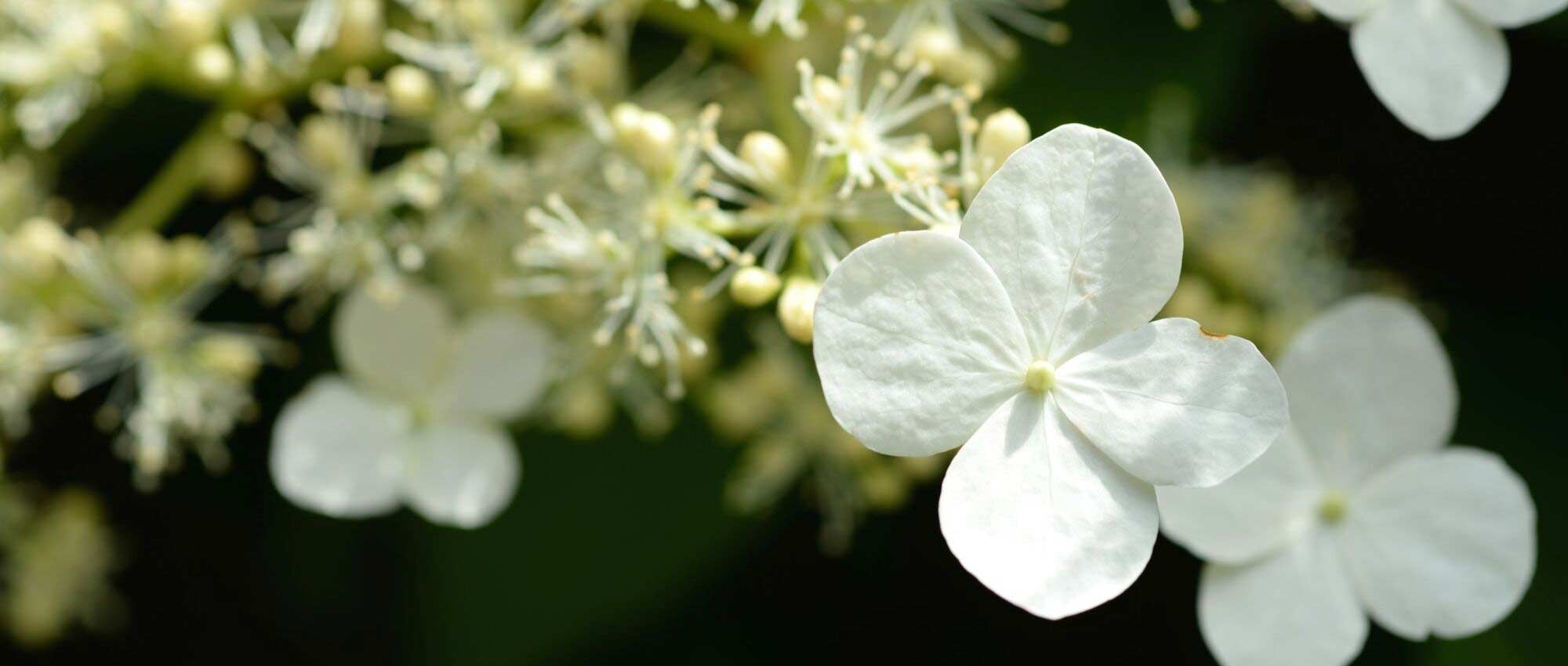

Hydrangea quercifolia Sikes Dwarf


Hydrangea quercifolia Sikes Dwarf
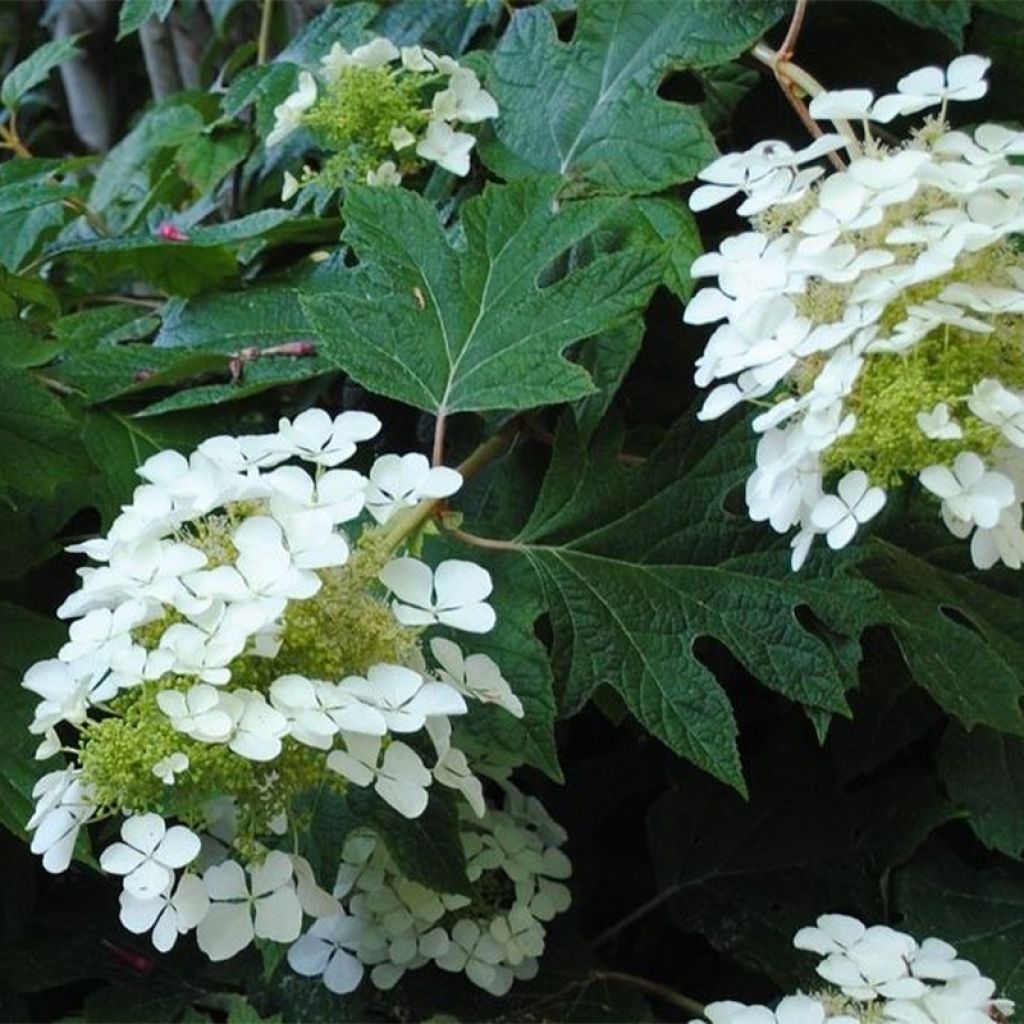

Hydrangea quercifolia Sikes Dwarf
Hydrangea quercifolia Sikes Dwarf
Hydrangea quercifolia Sike's Dwarf
Oakleaf Hydrangea, Oak-leaved Hydrangea
Very nice specimen I received it last week and immediately placed it. The hydrangea was very well packaged. I am looking forward to the growth and flowering.
Sylvie , 02/05/2023
Special offer!
Receive a €20 voucher for any order over €90 (excluding delivery costs, credit notes, and plastic-free options)!
1- Add your favorite plants to your cart.
2- Once you have reached €90, confirm your order (you can even choose the delivery date!).
3- As soon as your order is shipped, you will receive an email containing your voucher code, valid for 3 months (90 days).
Your voucher is unique and can only be used once, for any order with a minimum value of €20, excluding delivery costs.
Can be combined with other current offers, non-divisible and non-refundable.
Home or relay delivery (depending on size and destination)
Schedule delivery date,
and select date in basket
This plant carries a 24 months recovery warranty
More information
We guarantee the quality of our plants for a full growing cycle, and will replace at our expense any plant that fails to recover under normal climatic and planting conditions.

Would this plant suit my garden?
Set up your Plantfit profile →
Description
Hydrangea quercifolia 'Sike's Dwarf' is an oakleaf hydrangea, interesting for its modest growth. Like the species type, it boasts large, particularly decorative lobed leaves with their atypical appearance. They also have the good taste to take on superb autumn colours before falling. Its flowering in large white panicles, which lasts for several months from the beginning of summer until September or October, is its second strong point. Adapting to many soil and sunlight conditions, unlike many other Hydrangeas, it is a shrub that is easy to grow and well suited to small gardens.
Hydrangea quercifolia, from the Hydrangeaceae family, is mainly native to the south-west United States, particularly the Mississippi Valley. It is found growing on cliffs, in damp woods, ravines and on the banks of rivers, from Georgia to Louisiana, passing through Florida. It is a large deciduous shrub, which can reach 4 m (13 ft) in height in its natural habitat and widens by producing shoots up to 3.5 m (11 ft 6 in) wide. It is characterised by a deep root system and large lobed leaves, which are said to resemble the leaves of the American red oak (Quercus rubra). In reality, the leaves of the latter are more thread-like as well as being much smoother. Those of the Hydrangea are wide and their surface a bit rough, with more marked veins. It is appreciated for its superb autumn colours and its flowering in large white and upright panicles, 20-25 cm (7.9-9.8 in) long, composed of small powdery fertile flowers surrounded by larger sterile florets, which turn pink at the end of the season. In the garden, it is one of the easiest hydrangeas to grow: it is hardy below -20 °C (-4 °F), tolerates a bit of limestone in the soil, and copes with heat and occasionally dry soils in summer if they are deep. Capable of thriving in the sun, it also grows well in partial shade.
This 'Sike's Dwarf' variety generally has the same characteristics with one exception: it is much less voluminous than the species type, which tends to spread out in width! This variety has sparse branches, but due to its small growth (about 1 m (3 ft 4 in) in height for 1.2 m (3 ft 11 in) in width), it has a compact visual aspect that is very decorative.
Hydrangea quercifolia 'Sike's Dwarf' appreciates slightly sunny exposures which accentuate its autumn colours and increase its number of flowers. It also benefits from the light filtered by tree foliage or even shade in hot climates. It is easily used in groups, where it does not encroach on its neighbours like the species type. It can also be planted alone in a small garden or along a path, but it does not tolerate pot culture well. It can be combined with other hydrangeas, but as it does not require heath soil, it can also be combined with many other shrubs that grow in neutral soils. As it blooms in summer until late in the season, spring-flowering shrubs can be added to it. The charming little Lilac 'Red Pixie', with its very fragrant small pink flowers, Physocarpus 'Golden Devil', with purple foliage that will contrast with the green of the Hydrangea, or the pretty Spiraea arguta, with its graceful branches covered with white flowers, will therefore be good companions for the beginning of the season.
For summer, the surprising and almost black-purple, narrow foliage and slightly wispy blue flowers of Ceanothus 'Tuxedo' will add lightness alongside our Hydrangea quercifolia 'Sike's Dwarf', while creating a seductive colour contrast.
Hydrangea quercifolia Sikes Dwarf in pictures
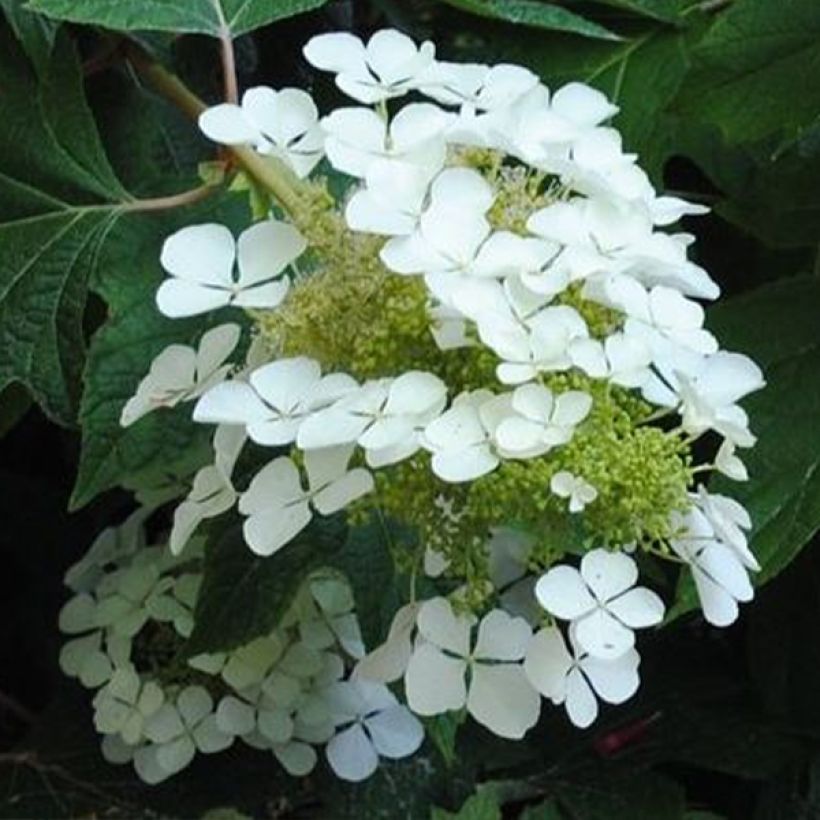

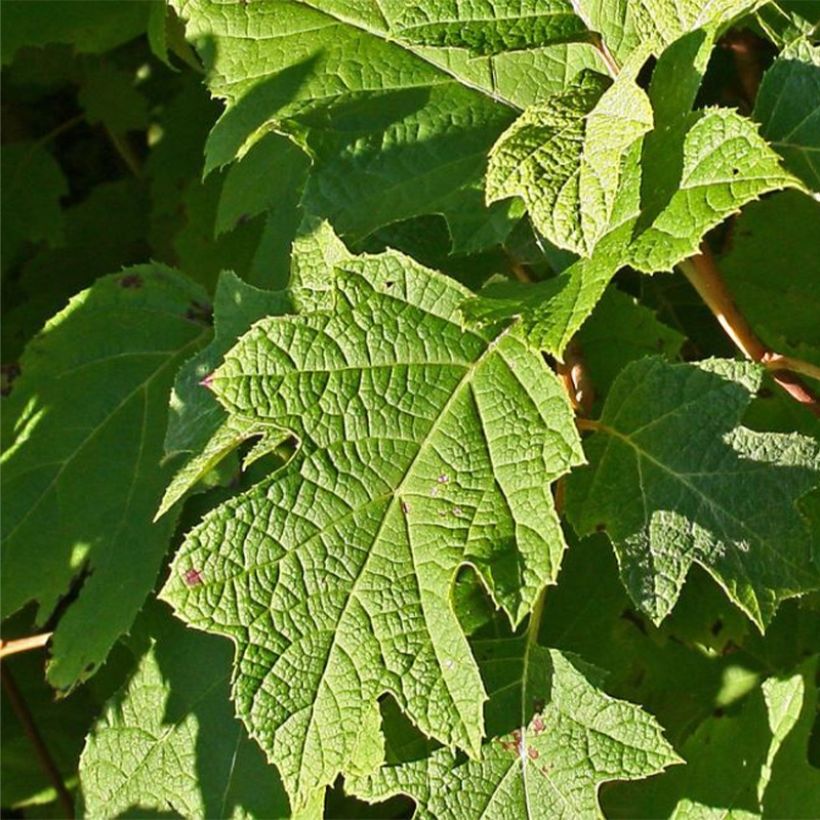

Plant habit
Flowering
Foliage
Botanical data
Hydrangea
quercifolia
Sike's Dwarf
Hydrangeaceae
Oakleaf Hydrangea, Oak-leaved Hydrangea
Cultivar or hybrid
Other Hydrangea Quercifolia
View all →Planting and care
This Hydrangea requires a sunny exposure to encourage its autumn colours, but fears overly scorching exposures: morning sun or the shade of a large tree during the hottest hours are preferable, especially in very sunny and very hot regions. It prefers a humiferous, neutral to acidic soil, but tolerates better than other hydrangeas the presence of limestone in the soil after careful planting. On the other hand, it is not very tolerant of compact and poorly drained soils, which harm its hardiness and hinder the development of its roots, which can descend deeply into the soil.
Prepare a pit filled with a mix of leaf compost and loose garden soil. When planting, install it in a deeply worked soil. A good base fertiliser (horn or dehydrated blood) will aid the recovery of your young plant and feed it without risk of burning. If your soil tends to be very dry in summer, mix a water retainer with the soil when refilling the planting hole and provide a watering basin on the surface. Once well established, this Hydrangea can completely do without watering in summer.
At the end of summer, we advise you not to cut the dry inflorescences which will protect the terminal shoots of the branches in winter; you should cut all the dry flowers at the end of February or on the first summer days. The oakleaf hydrangea's resistance to cold is very good, but very young plants whose branches are still tender (unlignified) are more sensitive.
Planting period
Intended location
Care
Planting & care advice
-
, onOrder confirmed
Reply from on Promesse de fleurs
Haven't found what you were looking for?
Hardiness is the lowest winter temperature a plant can endure without suffering serious damage or even dying. However, hardiness is affected by location (a sheltered area, such as a patio), protection (winter cover) and soil type (hardiness is improved by well-drained soil).

Photo Sharing Terms & Conditions
In order to encourage gardeners to interact and share their experiences, Promesse de fleurs offers various media enabling content to be uploaded onto its Site - in particular via the ‘Photo sharing’ module.
The User agrees to refrain from:
- Posting any content that is illegal, prejudicial, insulting, racist, inciteful to hatred, revisionist, contrary to public decency, that infringes on privacy or on the privacy rights of third parties, in particular the publicity rights of persons and goods, intellectual property rights, or the right to privacy.
- Submitting content on behalf of a third party;
- Impersonate the identity of a third party and/or publish any personal information about a third party;
In general, the User undertakes to refrain from any unethical behaviour.
All Content (in particular text, comments, files, images, photos, videos, creative works, etc.), which may be subject to property or intellectual property rights, image or other private rights, shall remain the property of the User, subject to the limited rights granted by the terms of the licence granted by Promesse de fleurs as stated below. Users are at liberty to publish or not to publish such Content on the Site, notably via the ‘Photo Sharing’ facility, and accept that this Content shall be made public and freely accessible, notably on the Internet.
Users further acknowledge, undertake to have ,and guarantee that they hold all necessary rights and permissions to publish such material on the Site, in particular with regard to the legislation in force pertaining to any privacy, property, intellectual property, image, or contractual rights, or rights of any other nature. By publishing such Content on the Site, Users acknowledge accepting full liability as publishers of the Content within the meaning of the law, and grant Promesse de fleurs, free of charge, an inclusive, worldwide licence for the said Content for the entire duration of its publication, including all reproduction, representation, up/downloading, displaying, performing, transmission, and storage rights.
Users also grant permission for their name to be linked to the Content and accept that this link may not always be made available.
By engaging in posting material, Users consent to their Content becoming automatically accessible on the Internet, in particular on other sites and/or blogs and/or web pages of the Promesse de fleurs site, including in particular social pages and the Promesse de fleurs catalogue.
Users may secure the removal of entrusted content free of charge by issuing a simple request via our contact form.
The flowering period indicated on our website applies to countries and regions located in USDA zone 8 (France, the United Kingdom, Ireland, the Netherlands, etc.)
It will vary according to where you live:
- In zones 9 to 10 (Italy, Spain, Greece, etc.), flowering will occur about 2 to 4 weeks earlier.
- In zones 6 to 7 (Germany, Poland, Slovenia, and lower mountainous regions), flowering will be delayed by 2 to 3 weeks.
- In zone 5 (Central Europe, Scandinavia), blooming will be delayed by 3 to 5 weeks.
In temperate climates, pruning of spring-flowering shrubs (forsythia, spireas, etc.) should be done just after flowering.
Pruning of summer-flowering shrubs (Indian Lilac, Perovskia, etc.) can be done in winter or spring.
In cold regions as well as with frost-sensitive plants, avoid pruning too early when severe frosts may still occur.
The planting period indicated on our website applies to countries and regions located in USDA zone 8 (France, United Kingdom, Ireland, Netherlands).
It will vary according to where you live:
- In Mediterranean zones (Marseille, Madrid, Milan, etc.), autumn and winter are the best planting periods.
- In continental zones (Strasbourg, Munich, Vienna, etc.), delay planting by 2 to 3 weeks in spring and bring it forward by 2 to 4 weeks in autumn.
- In mountainous regions (the Alps, Pyrenees, Carpathians, etc.), it is best to plant in late spring (May-June) or late summer (August-September).
The harvesting period indicated on our website applies to countries and regions in USDA zone 8 (France, England, Ireland, the Netherlands).
In colder areas (Scandinavia, Poland, Austria...) fruit and vegetable harvests are likely to be delayed by 3-4 weeks.
In warmer areas (Italy, Spain, Greece, etc.), harvesting will probably take place earlier, depending on weather conditions.
The sowing periods indicated on our website apply to countries and regions within USDA Zone 8 (France, UK, Ireland, Netherlands).
In colder areas (Scandinavia, Poland, Austria...), delay any outdoor sowing by 3-4 weeks, or sow under glass.
In warmer climes (Italy, Spain, Greece, etc.), bring outdoor sowing forward by a few weeks.






























